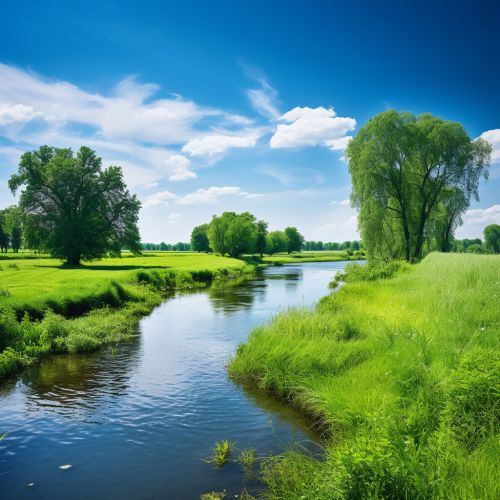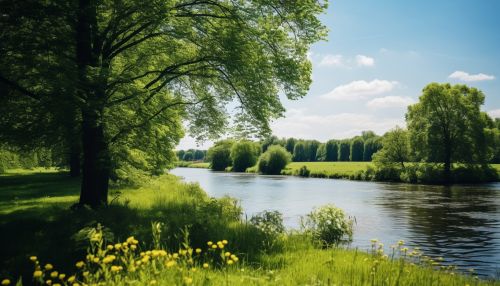Oder
Geography
The Oder is a river in Central Europe. It rises in the Czech Republic and flows through western Poland, later forming 187 kilometres of the border between Poland and Germany, part of the Oder-Neisse line. The river ultimately flows into the Szczecin Lagoon north of Szczecin and then into three branches (the Dziwna, Świna and Peene) that empty into the Gulf of Pomerania of the Baltic Sea.


History
The Oder is mentioned in the second book of Virgil's "Georgics": "…the vast Oder testifies, And the Ister, swelled with its Bulgarian waters." The river has played a significant role in the history of Central Europe, serving as a critical trade route and often marking the border between powerful empires and nations.
Hydrology
The Oder's drainage basin covers 119,074 square kilometres (45,975 sq mi), containing 106 tributaries. The river is significantly affected by the annual freeze-thaw cycle typical of the Baltic region; the thaw sets in about the middle of February, and ice blocks begin to drift down the Oder towards the end of March.
The Oder is navigable over a large part of its total length: 780 km (480 mi) from the mouth at Szczecin, Poland, to Kędzierzyn-Koźle, Poland. The river is connected to the Danube River by the Oder–Danube Canal and the Oder–Havel Canal.
Flora and Fauna
The Oder's banks are home to a wide variety of flora and fauna, and the river itself supports numerous species of freshwater fish. The Lower Oder Valley International Park is a shared German-Polish nature reserve, a major area for birds such as the Black Stork, the Aquatic Warbler, and the Corn Crake.
